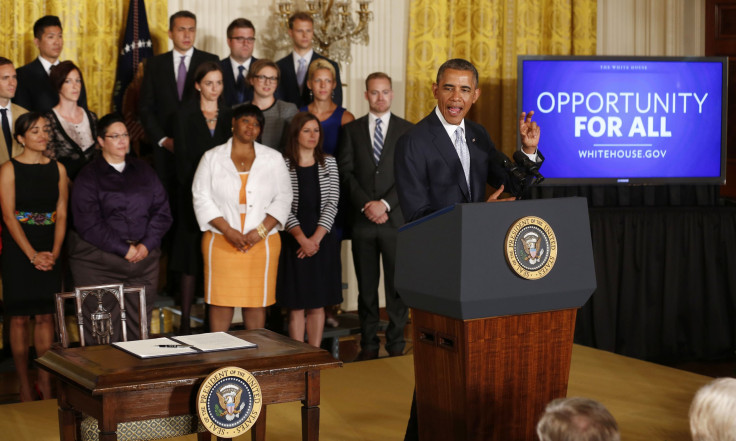Private Student Loan Borrowers Lodge More Complaints About Default Risk: CFPB

Private student loan borrowers are increasingly telling regulators that they’re at risk of defaulting on unaffordable payments but that lenders and loan servicers aren’t budging. In a report released Thursday, the Consumer Financial Protection Bureau, or CFPB, says private student loan complaints are up 38 percent from last year, to 5,300.
Borrowers said they couldn’t find clear information about how to avoid default, or were rebuffed when they sought reduced payment plans. Some were told they could obtain help with their loans only if they defaulted first.
Take the case of a teacher whose loan payment amounted to more than a third of the educator’s income.
“My [specialty student loan company] just told me that there is nothing I can do but let my private loans go into default and to try to work something out with the collections agency,” according to the complaint quoted in the report. “I have no qualms about paying a monthly fee that I can afford, but currently the money just does not exist.”
Private student loans make up approximately $165 billion of the country’s total $1.2 trillion in student debt. The CFPB estimates that more than 7 million Americans are in default, though this most recent report does not say how many of them are private student loan borrowers.
The problems that borrowers reported with servicing their loans appear “eerily similar” to breakdowns in mortgage servicing that accompanied the subprime lending crisis, the CFPB’s student loan ombudsman Rohit Chopra said.
“We do not want to see a repeat of what happened in mortgage happen here,” Chopra told reporters on a conference call.
Between 2001 and 2008, private student loan origination grew from less than $5 billion to more than $20 billion, feeding a market for asset-backed securities. Lenders often targeted borrowers “who likely would have been better off” with federal student loans, Chopra said.
While federal student loans come with certain protections designed to mitigate default, including income-based repayment options, private student lenders aren’t required to provide borrowers with alternatives when they fall on hard times -- or when they graduate during a punishing job market.
The amount of new private student loans issued has shrunk recently, to less than $6 billion in 2011, but many private student loan borrowers are “still on the hook and struggling,” Chopra said. Defaulting on their loans early in life can jeopardize their credit and “make it difficult to pass employment screenings or buy a home,” according to the report.
The report questions whether lenders and servicers are properly incentivized “to work constructively with borrowers to avoid default.” For example, compared to any other type of consumer loan, it is very difficult to discharge student loans in bankruptcy -- meaning a debt collector is likely to recover more money from a private student loan than other loans after a borrower defaults.
Loan servicers who are paid a monthly fee, or who are evaluated according to “call center metrics” instead of how well they work with borrowers, may also have less incentive to help borrowers avoid default, Chopra said.
If lenders don't improve their response to borrowers in distress, Chopra said, the CFPB will “need to determine whether the reforms to the mortgage servicing market might be applicable to the private student loan market as well.”
© Copyright IBTimes 2024. All rights reserved.





















